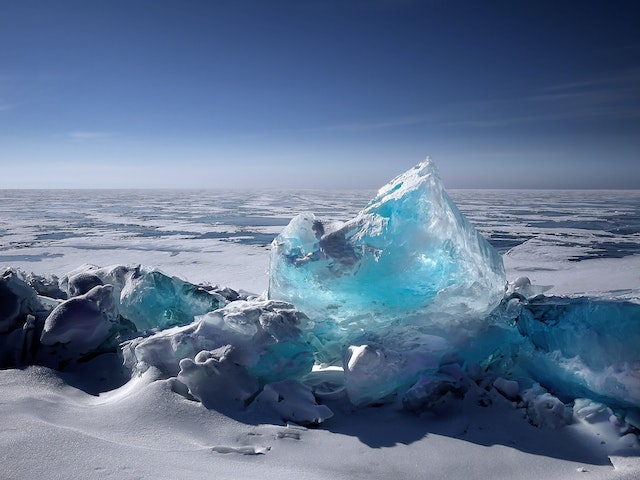If you asked medieval historians what year was the most terrible year to live in, they would tell you it was “536.”
Not in 1349, when the Black Death devastated half of Europe, nor in 1918, when the flu claimed the lives of between 50 and 100 million people, mainly young adults. But the crazy year 536.
Jump to
- Why do historians think this way?
- The misfortunes continued
- What do the new findings reveal?
Why do historians think this way?
 Pexel
Pexel
According to Michael McCormick, a medieval historian who directs the Initiative for the Science of the Human Past at Harvard University, the year 536 marked the beginning of one of the most terrible eras that ever existed, if not the worst year overall in Europe.
An eerie fog cast deep darkness over Europe, the Middle East and parts of Asia, lasting day and night for a staggering 18 months. The Byzantine historian Procopius described it as a period when “the sun cast its dull light, like the moon, throughout the year.”
In the summer of 536, temperatures dropped between 1.5 and 2.5 degrees Celsius, beginning the coldest decade seen in the last 2,300 years. Extraordinary events occurred, including summer snowfall in China, crop failures, and widespread famine. The Irish chronicles noted “a failure of bread between the years 536 and 539.”
The misfortunes continued
 Wikimedia Commons
Wikimedia Commons
Then, in 541, the Roman port of Pelusium in Egypt was struck by the bubonic plague, later known as the Plague of Justinian. This deadly disease spread rapidly, causing the disappearance of between a third and half of the Eastern Roman Empire’s population and accelerating its decline, according to McCormick’s assessment.
Historians have long recognized that the middle of the 6th century was a dark period in what was once known as the Middle Ages. However, the origin of the puzzling atmospheric disturbances remains a mystery.
What do the new findings reveal?
 Pexel
Pexel
Now, a very precise examination of ice samples from a Swiss glacier, conducted by a team led by McCormick and glaciologist Paul Mayewski of the Climate Change Institute at the University of Maine (UM) in Orono, has identified the culprit.
The team revealed that a catastrophic volcanic eruption in Iceland released ash into the northern hemisphere in the early days of 536. Two more colossal eruptions subsequently occurred in 540 and 547.
These consecutive volcanic events, along with the outbreak of plague, threw Europe into a prolonged period of economic stagnation that lasted until about the year 640. The team’s findings also point to a resurgence of silver mining, signaled by an increase in lead levels in the air, marking a turning point in Europe’s fortunes.
For more trending stories, follow us on Telegram.
Categories: Trending
Source: vtt.edu.vn